With more and more smartphones ditching the 3.5mm headphone jack, Bluetooth headphones in general and true wireless earbuds are becoming a lot more common. As we all know, Apple’s AirPods are the most popular option for iOS users thanks to their seamless integration with the platform, but despite there being hundreds of options available for Android users, there really hasn’t been one standout product in the category.
The Freebuds 3 from Huawei may actually change that, not because they look like AirPods, but because they deliver a well-rounded experience at a price that’s hard to ignore.
Huawei Freebuds 3 specs
- Weight: 4.5 grams per bud, 45-gram charging case
- Drivers: 14.2 mm
- Bluetooth: 4.2, 30-foot range
- Active Noise Cancellation: Yes, 15dB with Kirin A1 chip
- Ports: USB-C
- Battery Life: 4 hours (case offers 16 hours of additional battery life)
- Controls: Touch
- Digital Assistant: Yes
- Colors: Black, White, & Red
- Price: $150 – $200 (see the latest prices on Amazon)
Design
There’s no denying that Huawei was at least a little inspired by Apple’s AirPods when it launched the Freebuds line back in 2018. Since then, the company has tweaked a few things, but the overall look hasn’t changed much, besides the case which is now a circular pebble which is quite small. The curved edges make it extremely easy to slip into your front pocket and I’ve honestly forgotten it was there a few times since there are no jagged edges poking my leg every time I sit down.
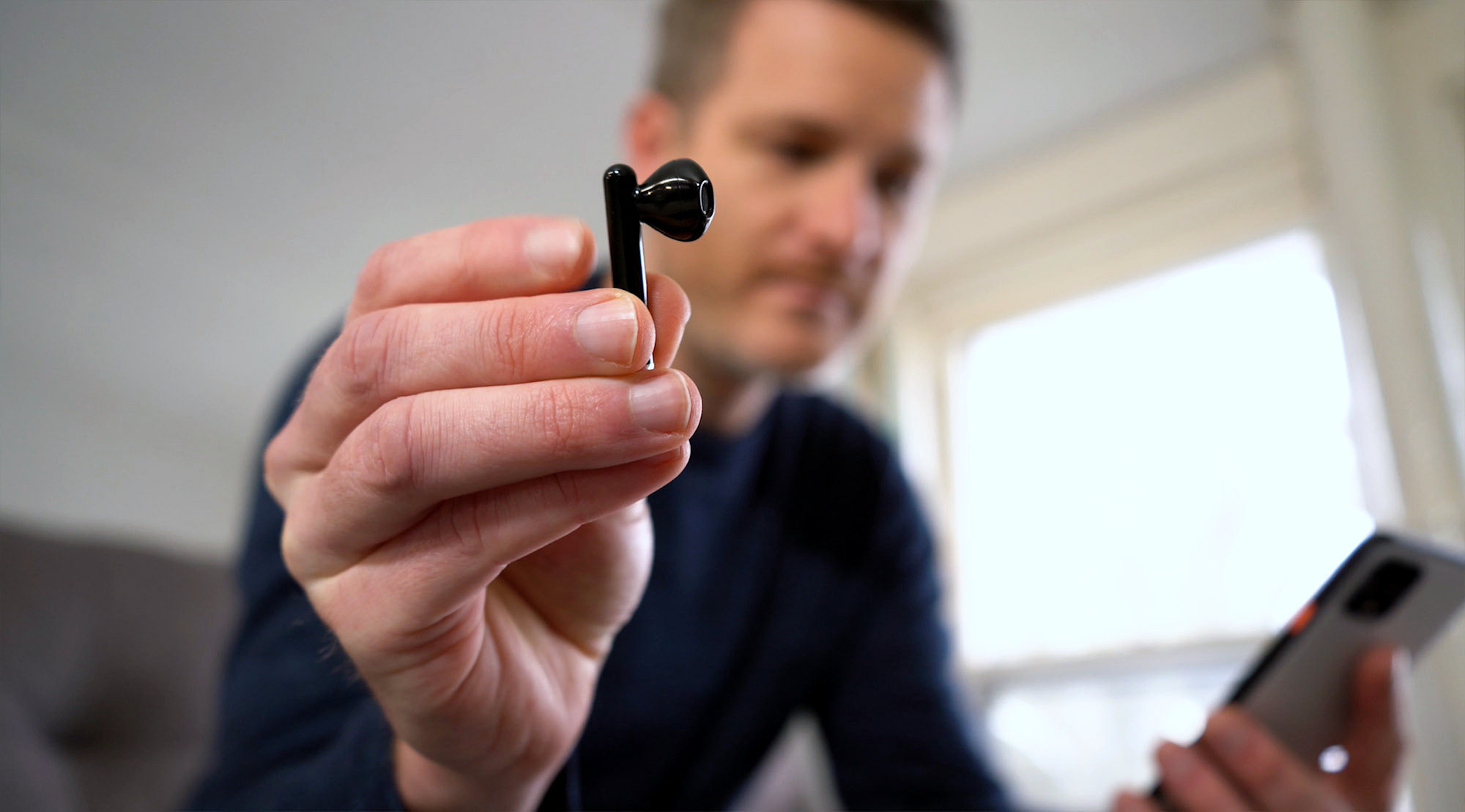
As for the earbuds themselves, you’ll have a hard time telling them apart from a pair of AirPods. The stem is practically the same length as Apple’s and the overall design of the main body is the same as well.
That being said, Huawei’s FreeBuds 3 does feature an elongated tip that allows them to nestle further into your ear canal, providing a more secure and comfortable fit while giving you better noise isolation. Weighing in at less than 5 grams per bud, the Freebuds are extremely light, adding to their overall comfort, allowing you to wear them for hours on end without even noticing that they’re in your ears. And since Huawei doesn’t have an unhealthy fascination with white, the Freebuds 3 are available in white, black, and red, allowing you to choose the color that best suits your style.
Software
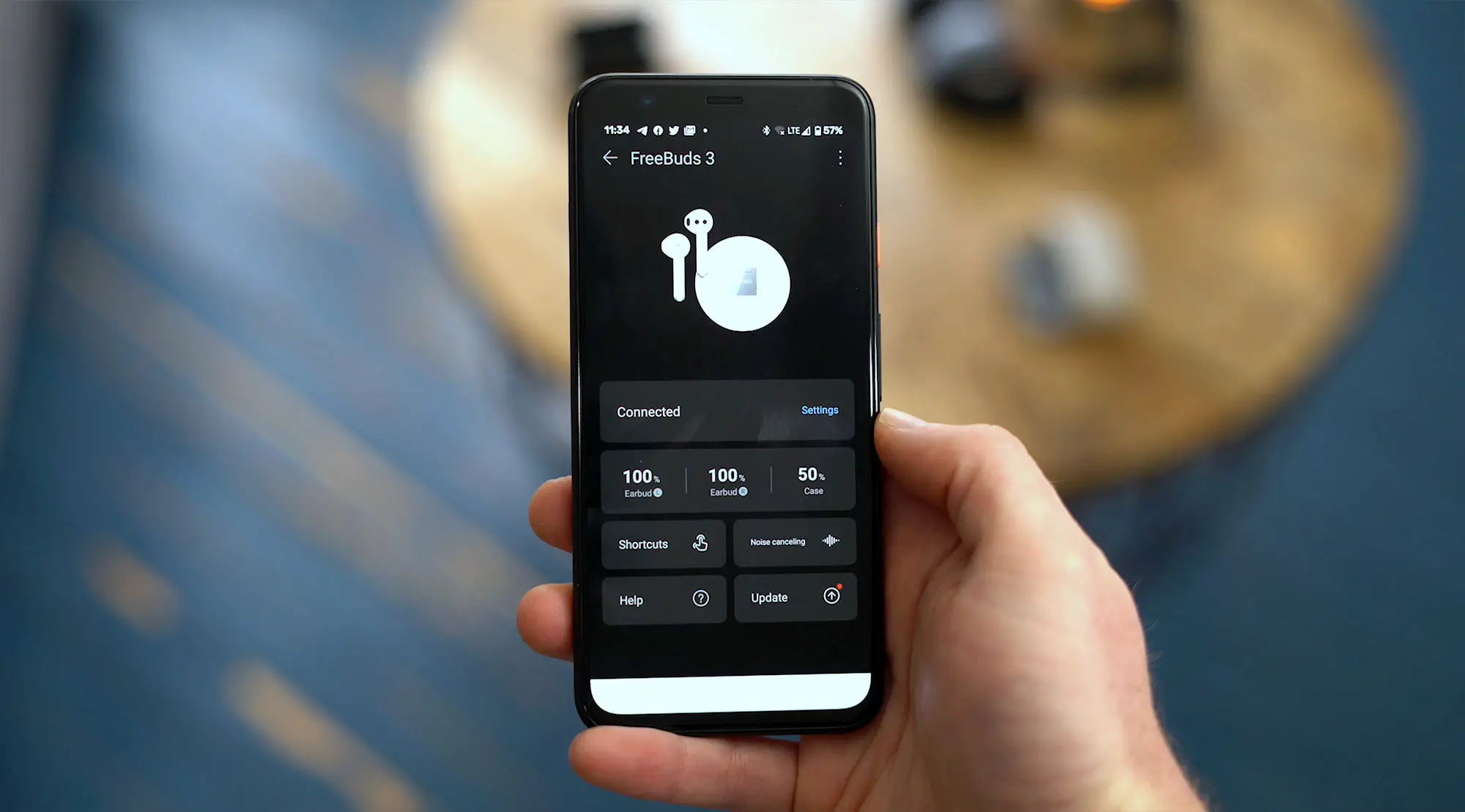
Pairing the FreeBuds 3 to your smartphone is fairly simple. Just open the lid of the case and jump into Bluetooth settings on your phone and you’ll see them listed there, ready to be paired. But if you want the full experience, installing the “AI Life” app from the Play Store is recommended. The app will show you the battery life status of the case and each individual bud, along with noise cancellation tuning and Huawei’s double-tap shortcut customization options.
The double-tap shortcuts actually work really well, allowing you to select between four preset options for each earbud, giving you play/pause, track skipping, turning noise cancellation on or off, or summoning your favorite voice assistant.
Sound Quality
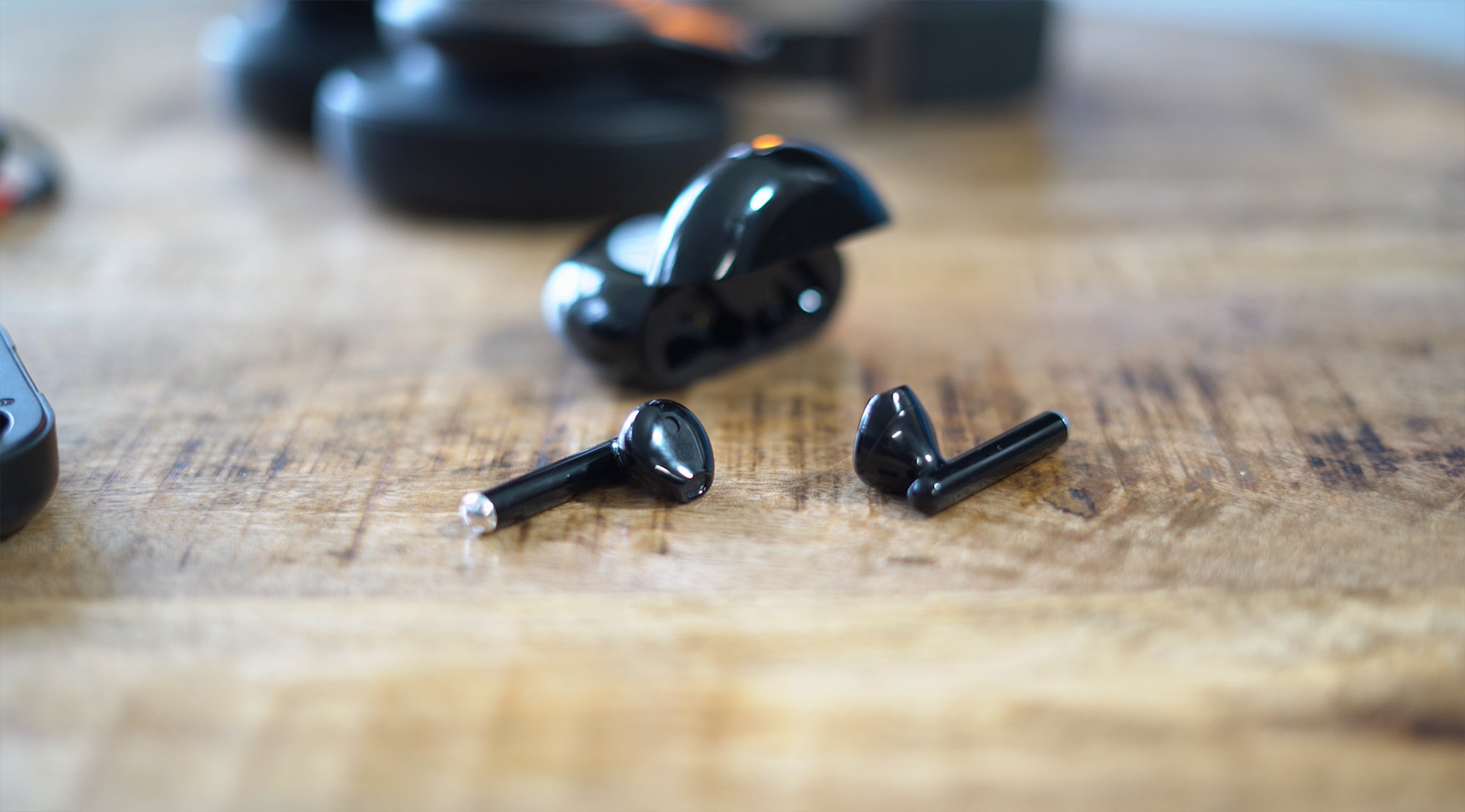
When it comes to sound quality, the FreeBuds 3 are a mixed bag. Overall volume is pretty good when factoring in the fit and seal compared to its closest competitors, there’s very little distortion until you reach 85%, after that point the bass will start fading and the music becomes tinnier.
Listening at a more reasonable volume delivers a well-balanced sound stage with acceptably warm bass and rich highs, presenting an above-average sound experience for the category, but you could easily find wired earbuds that offer better audio at a fraction of the cost. One thing which could have made this a little better would have been the inclusion of different sound profiles or an adjustable equalizer within the app.
Noise Cancellation

When you factor in the Freebud 3’s active noise cancellation, the audio experience takes on a new dynamic. Huawei has included background noise cancellation during calls since the original Freebuds hit the market, but thanks to the Kirin A1 chip inside the latest model, the two mics on each bud can now be used to analyze ambient sound and deliver a phase-inverted waveform during music playback without obliterating battery life.
To be clear, the noise cancellation you get here isn’t anywhere near what you’d expect from $300 headphones. The audio processing isn’t as sophisticated and the lack of a true in-ear seal still allows for some noise to pass through. But the Freebuds will deliver up to 15dB of active noise cancellation. In a quiet environment, you’ll barely notice a difference, but walk into a crowded room, turn on an air conditioner, or take a seat on a plane and you’ll be pleasantly surprised.
I actually tested the Freebuds 3 on my flight home from CES alongside the Sony WF-1000XM3 true wireless earbuds which also feature active noise cancellation. Sony’s did a better job of drowning out the noise from the plane’s engines and air circulation system, but it was pretty close which makes me wonder how much better the Freebuds 3 would be if they offered silicone or foam tips for a better seal.
While Huawei’s noise cancellation feature doesn’t automatically scan the environment to better adjust to certain situations, the included app does allow you to manually tweak the noise cancellation setting with a dial. I found this useful a few times when a specific tone wasn’t being isolated enough.
The noise cancellation certainly isn’t the best of the best, but it’s a feature that’s typically reserved for earbuds which cost well over $200.
Battery Life
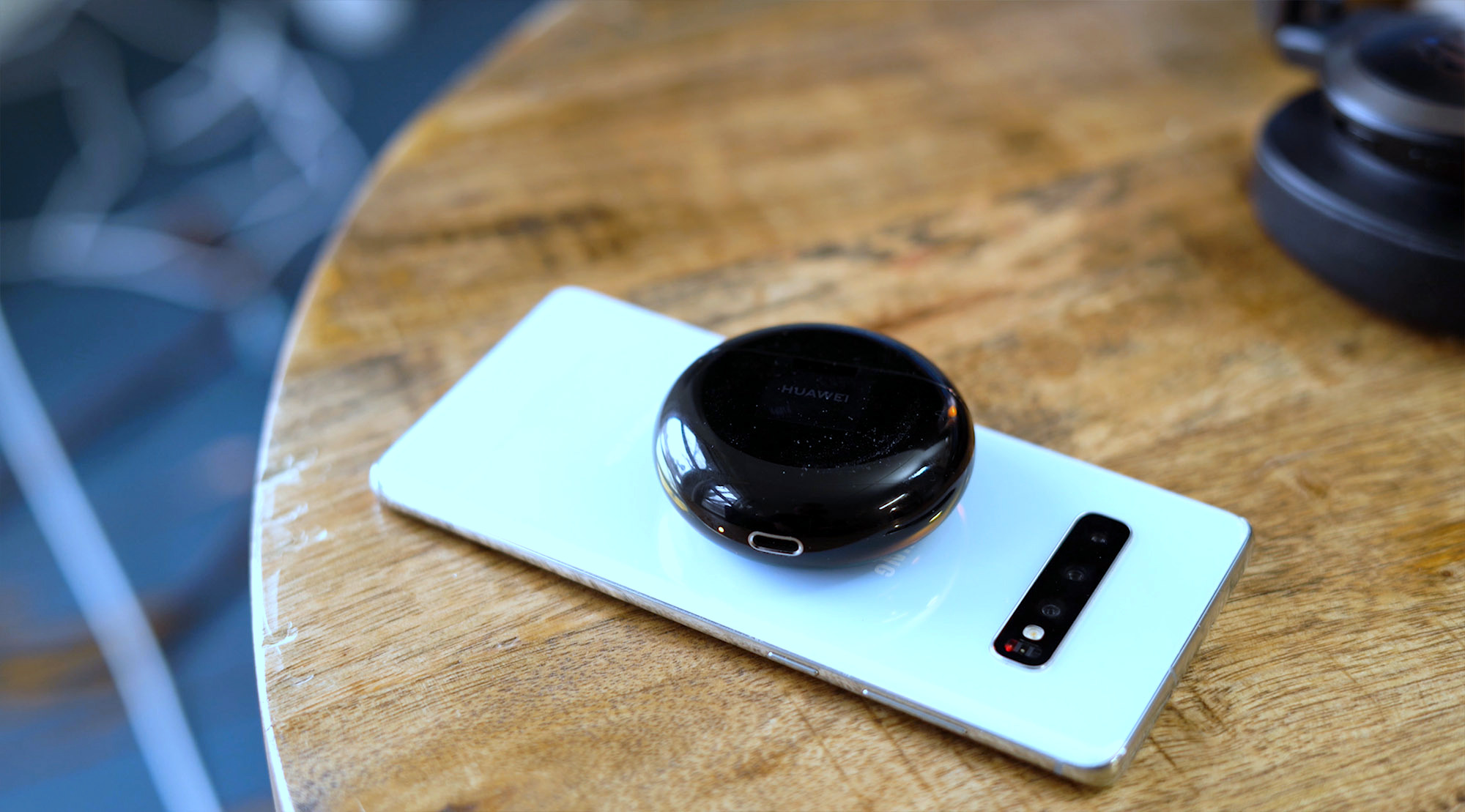
One issue many true wireless earbuds suffer from is poor battery life. The Freebuds 3 don’t really break the mold here. The 30 mAh battery packed inside each bud is rated for 4 hours of music playback. I never reached that number, but I did average just over 3 and a half hours per charge. I imagine I could have extended that a bit further if noise cancellation was switched off. Charging the earbuds from 0 to 100 takes exactly 35 minutes and the case manages to deliver four full charges before it runs out of juice.
To make charging as seamless as possible, Huawei uses USB C charging for the case while also throwing in wireless Qi charging which also works perfectly with Huawei and Samsung phones that offer reverse wireless charging. Thanks to 6W wired charging, the case can be completely charged in just under 30 minutes or about an hour and a half with 2W wireless charging.
It would have been nice if the earbuds offered 5 hours of music playback, but Huawei would have had to make the Freebuds slightly bigger and heavier which would have detracted from the overall experience.
Final Thoughts
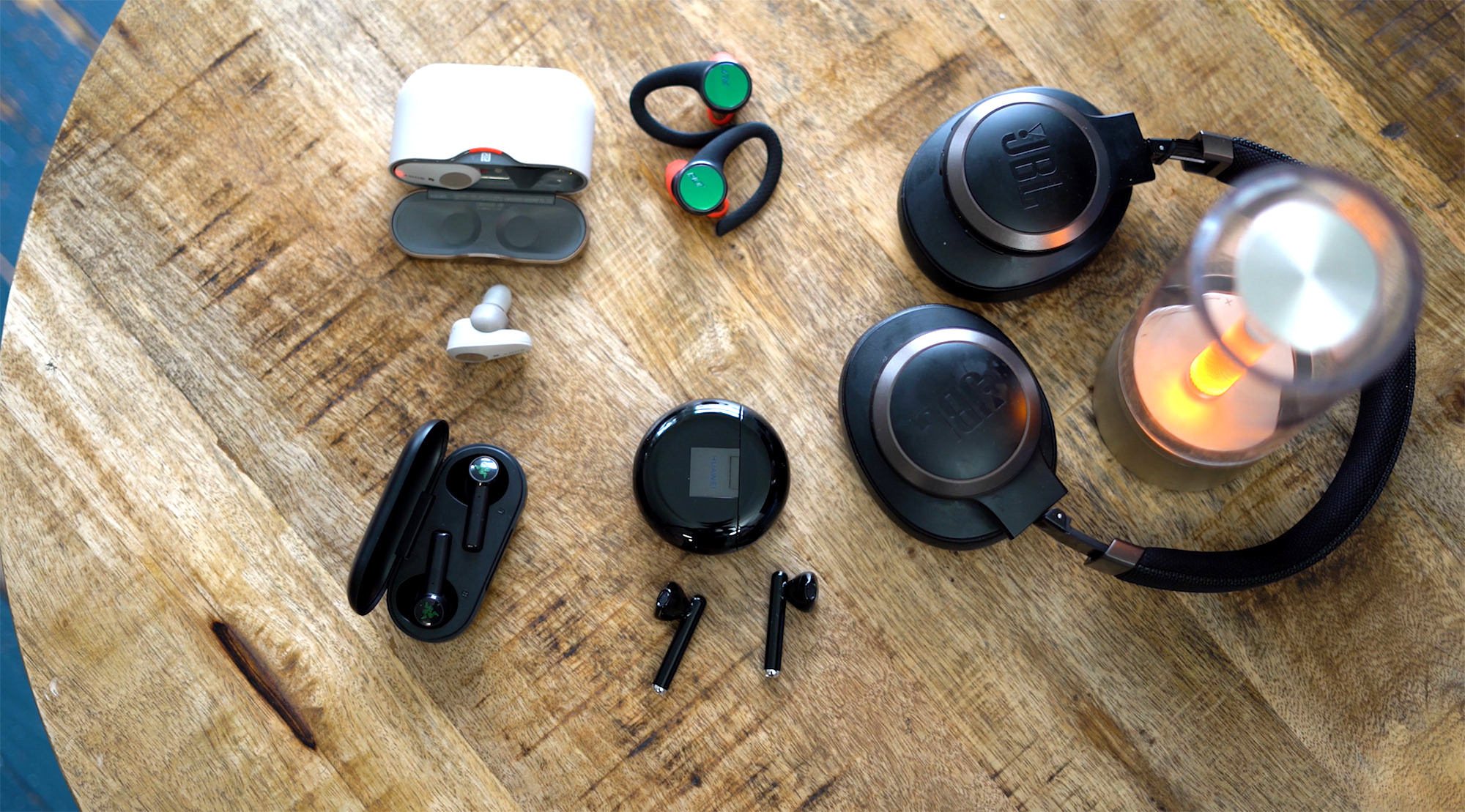
You might think that the Freebuds 3 don’t really stand out in any way. They’re a middle of the road product, with a forgettable design and average battery life. The only real thing that sets them apart from the competition is the inclusion of noise cancellation, something that’s still quite elusive in this category, especially for products under $200.
But that’s really what makes the Freebuds 3 worth considering. Huawei delivered an ordinary product at an ordinary price with tech which should make these earbuds significantly more expensive. Sure, there are a few places that Huawei could and should have improved upon, but after using the Freebuds 3 for a full week, I have yet to switch back to the Sony WF-1000XM3 earbuds which I had been using religiously since I get them last fall.
With the Freebuds 3, Huawei somehow managed to hit a sweet spot, delivering just the right balance of battery life, audio quality, noise cancellation and overall ease which replicates the AirPod experience for Android users, something we’ve all been yearning for a very long time.
Buy the Huawei Freebuds 3
Huawei Freebuds 3 Rating: star_fullstar_fullstar_fullstar_fullstar_empty (4/5)
The Good
- Amazing price
- Good active noise cancellation
- Comfortable fit
The Bad
- Average battery life
- Forgettable design
The Bottom Line
The Huawei Freebuds 3 offer the AirPods experience Android users have been longing for with the added benefit of featuring active noise cancellation at a price point that doesn’t break the bank.
NOTE: Links in this article may include affiliate codes that help us keep Phandroid up and running.

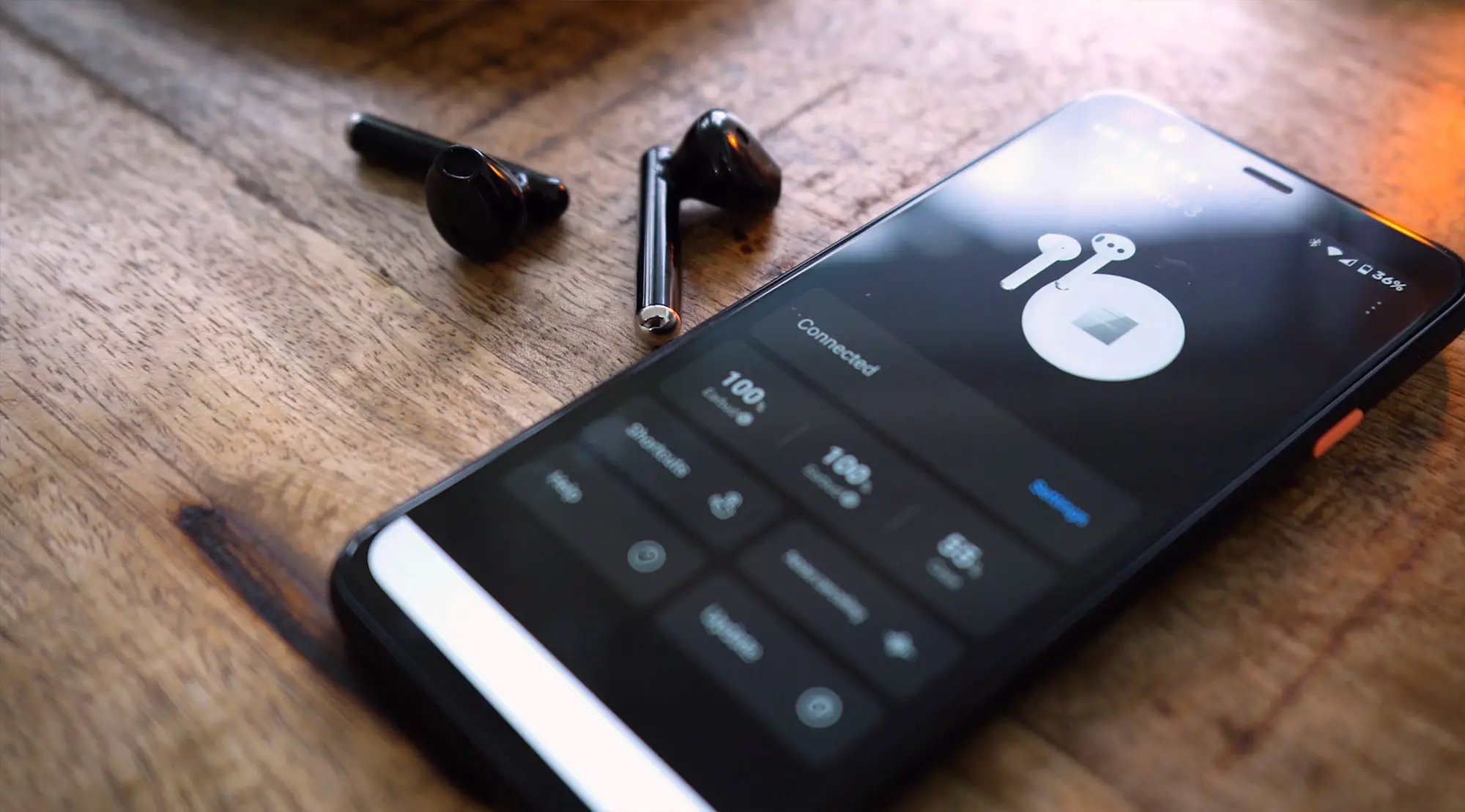

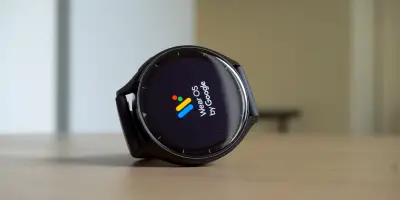

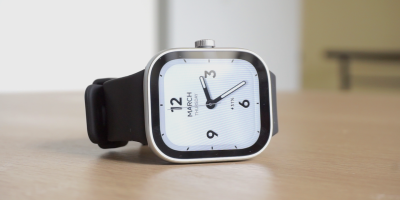
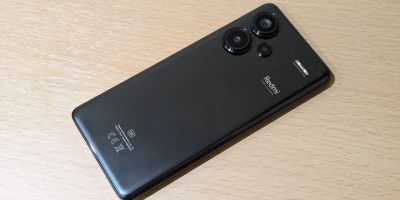
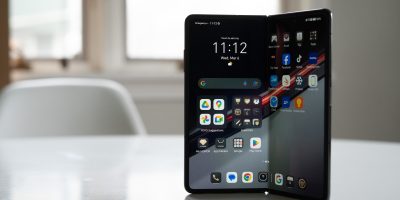
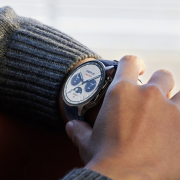
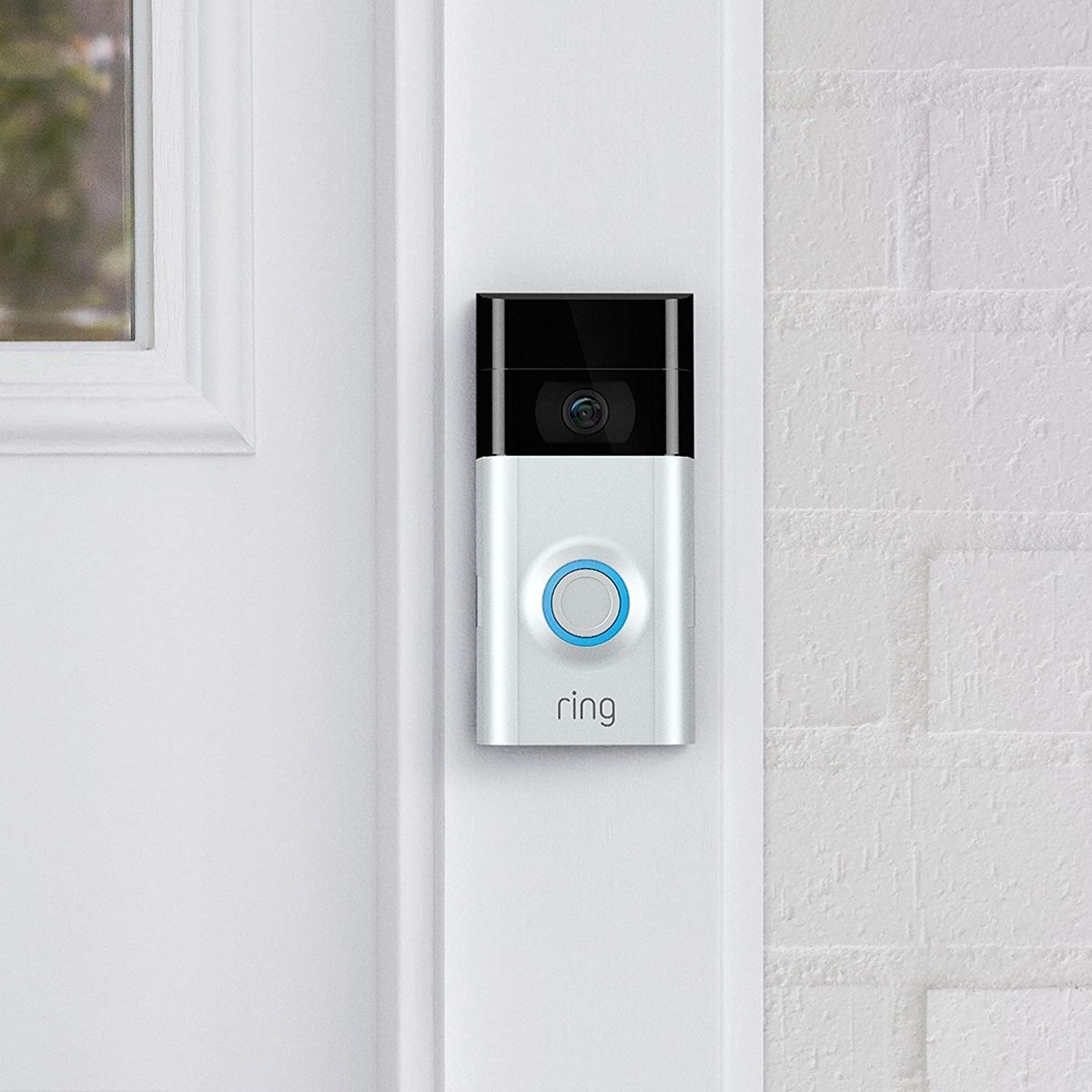

Comments